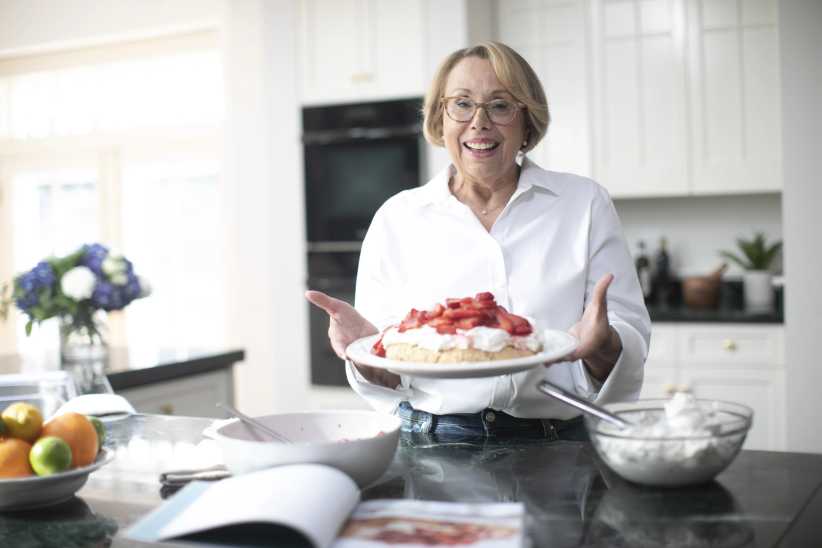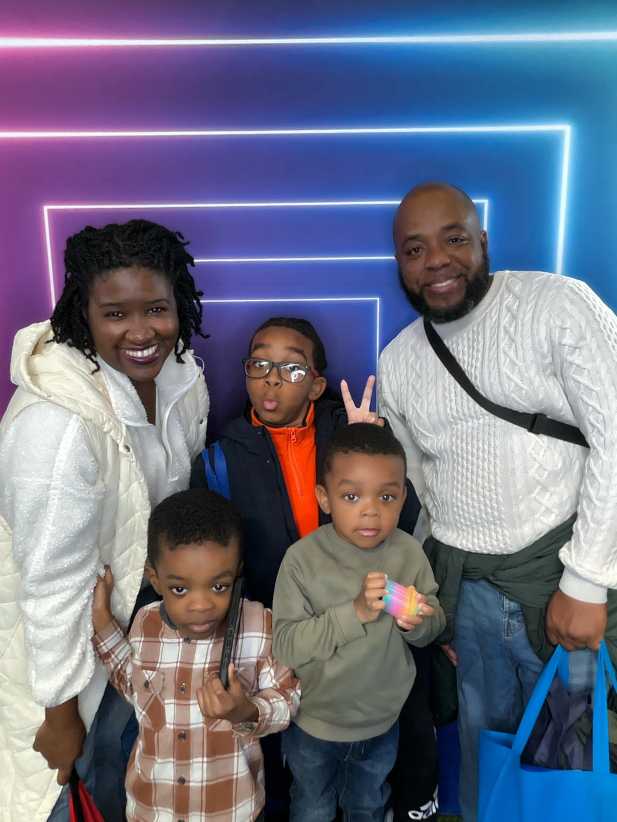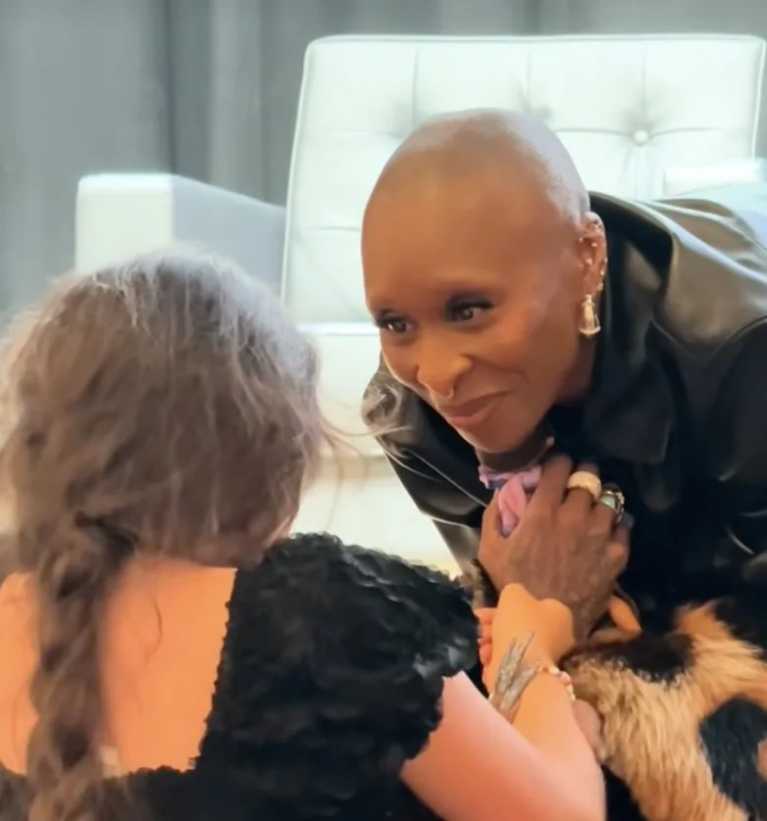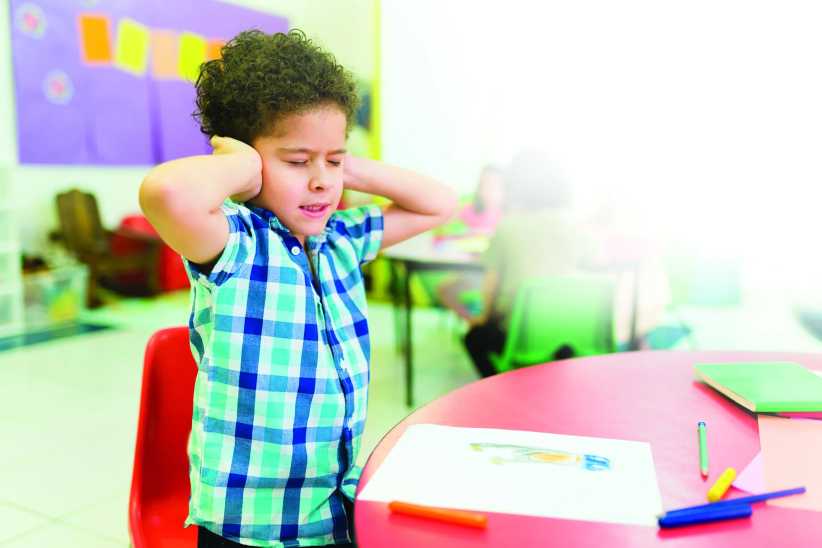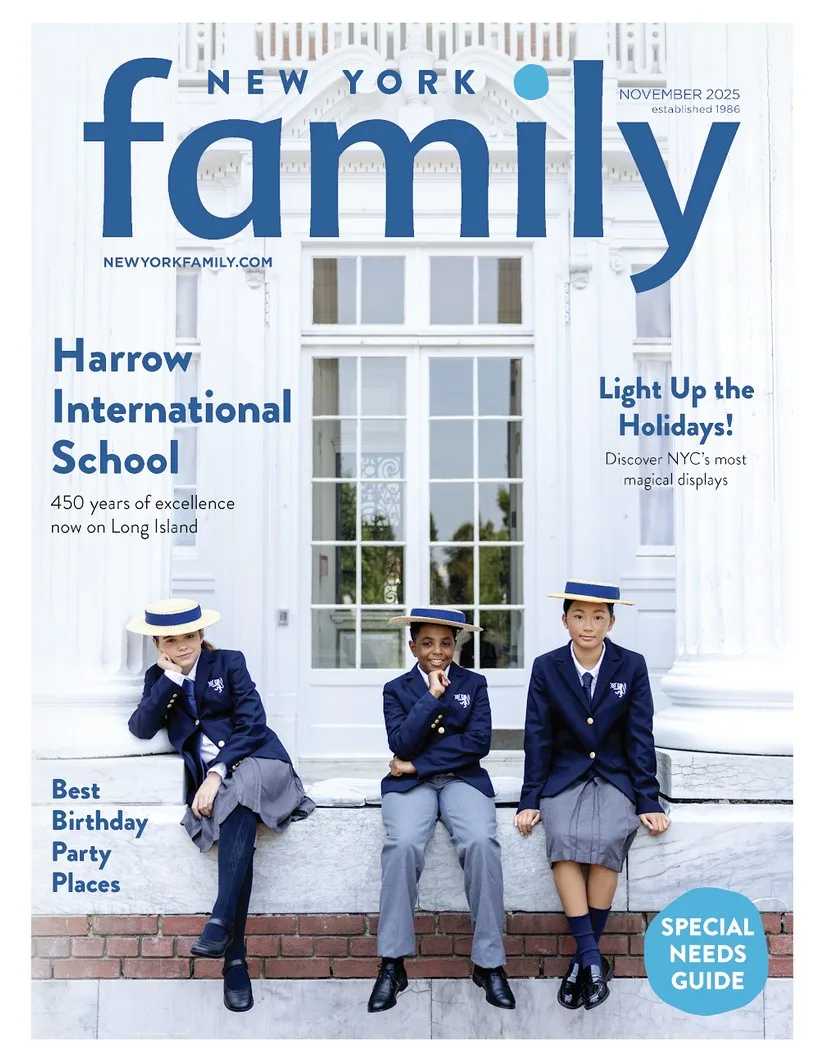Halloween marks the onset of fall holidays and events that can be overwhelming and stressful for students with autism spectrum disorders (ASD). The plethora of sights, sounds, textures and unfamiliar people and routines can spell trouble for students who demonstrate such sensitivities. Thoughtful planning on the behalf of parents and caregivers–as well as well-intentioned neighbors can make or break the evening. With careful planning, you can prepare for a boo-tiful Halloween night!
Preparing for Happy Haunting
Not preparing ahead of time is often the downfall of many caregivers on Halloween. One critical teaching opportunity prior to Halloween includes preparing students with ASD on what to expect on the holiday. This can be achieved by providing visual schedules outlining the sequence of events for the evening. Creating predictability, setting expectation and ensuring you have opportunities for reinforcement of appropriate behavior will ensure a smoother evening for everyone. Imagine if one of your friends told you they were taking you out for the day with no details, shuttling you from place to place. This would create a level of stress for you- not to mention, some of the activities might be your least favorite activities and/or places. Why would your expectations of information be different for your child? Visual supports can be low or high tech and are easy to make with photos taken on a smartphone or even using Google maps! These visual schedules or sequences can be supplemented by a social story. Social stories can be created by parents and merely describe the situation, relevant social cues or expectations and appropriate responses.
“GET CANDY” is rule one for every kid, however, there are many rules of Halloween children with ASD may require direct instruction on. For example, how to approach a door, hold out their bag, say “trick-or-treat” (vocally, with a card or using assistive technology) and how to exit appropriately. This can include social rules for children with problem behaviors such as elopement who might run into a home or perseverate on a decoration or item. Costumes too can present challenges, but with preparation can promote success. This should include practice wearing the costume, adjusting where necessary, and learning when the costume just isn’t happening. With respect to this teaching opportunity, practice makes perfect. Creating and trying to replicate the conditions as best you can will result in the best outcomes.
[gravityform id=”13″ title=”false” description=”false” ajax=”true”]
Eat, Drink, and Be Scary
While special diets for many ASD children spell out special treats, it can also promote social opportunities and inclusion opportunities for many children. Pass out non-edible treats such as stickers, sensory friendly toys or other small items your child will enjoy if special diets preclude them from accessing certain foods. These can be given ahead of time to neighbors and provide practice for your neighbor and for your child over a few days before the big event. This provides opportunities for coaching with neighbors on how to respond and interact which is a recipe for success for everyone. Additional support for neighbors and others unfamiliar with ASD can include cards that explain how your child will respond–will it be vocally, with assistive technology, or other means of communication? Reminders to keep pets inside for children who may have difficulty with animals, being sensitive to children who might approach sensory items with trepidation such as poorly lit areas, mechanical decorations designed to scare, masks or costumes worn by adults, and what kinds of vocal or other responses to expect (or not expect) from your child.
Other suggestions for accommodating neighbors can include: Familiarizing neighbors with your child not only opens doors for Halloween, but inclusion opportunities within the community. Having a few friends trick-or-treat alongside (with or without disabilities) can be key in children gaining the confidence to approaching a door, asking for candy and having a friend as a social buffer if needed. Neurotypical friends can also hold onto and give small comfort items for children with ASD. Imagine how much more interesting these peers are when your child receives their favorite items from them along the trick-or-treat route. Keep in mind that these friends typically come with a helpful parent in tow who, in a tough moment can help you out. Mapping out your route for the night will also be key. This allows for visiting houses that are familiar, have friendly faces who know how to respond, and allows for predictability. In mapping out the route, identify areas that you and your child can take a step away from the chaos and a quiet break if needed. Quick routes home should also be mapped out just in case they are needed.
Creating A Boo-tiful Halloween Tradition
If the spooky sights, sounds, and treats of Halloween night are just not for you right now, consider creating your own holiday tradition. After all, this night is about treats–creating your own Franken-tastic sensory-friendly party that can meet the needs of your child and others with ASD is a manageable, controllable environment is a treat for everyone.
Dr. Amy Davies Lackey, Ph.D., BCBA-D, LBA-NY, SAS/SDA is the Director of Education at the Manhattan Children’s Center, which provides world-class treatment and education to children with autism spectrum disorder (ASD), ages 5-21. To learn more, visit manhattanchildrenscenter.org.


